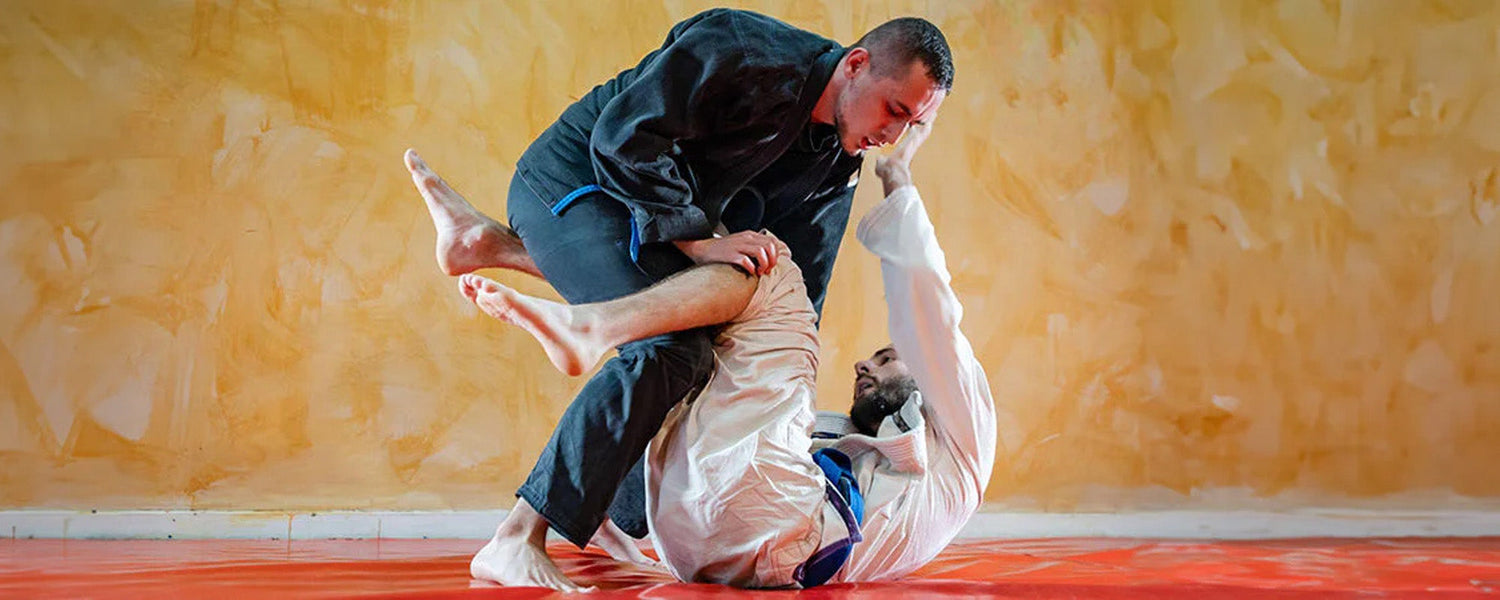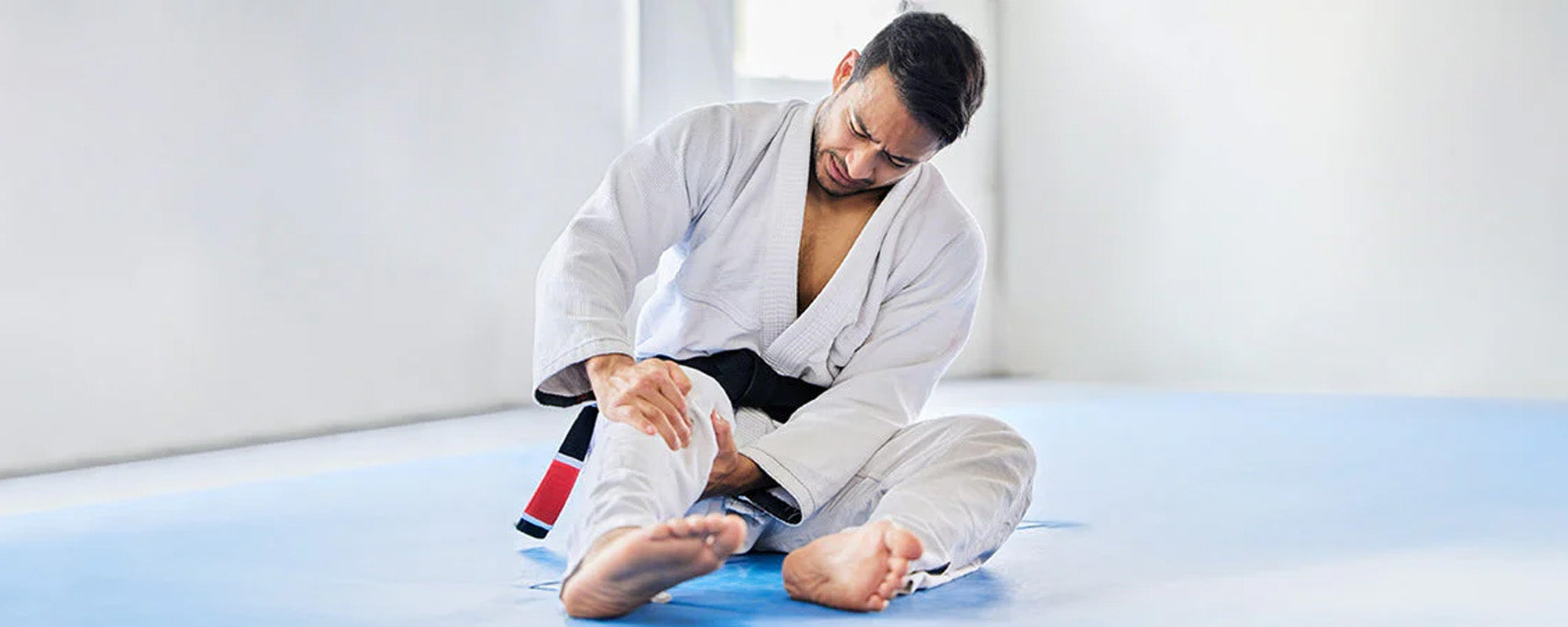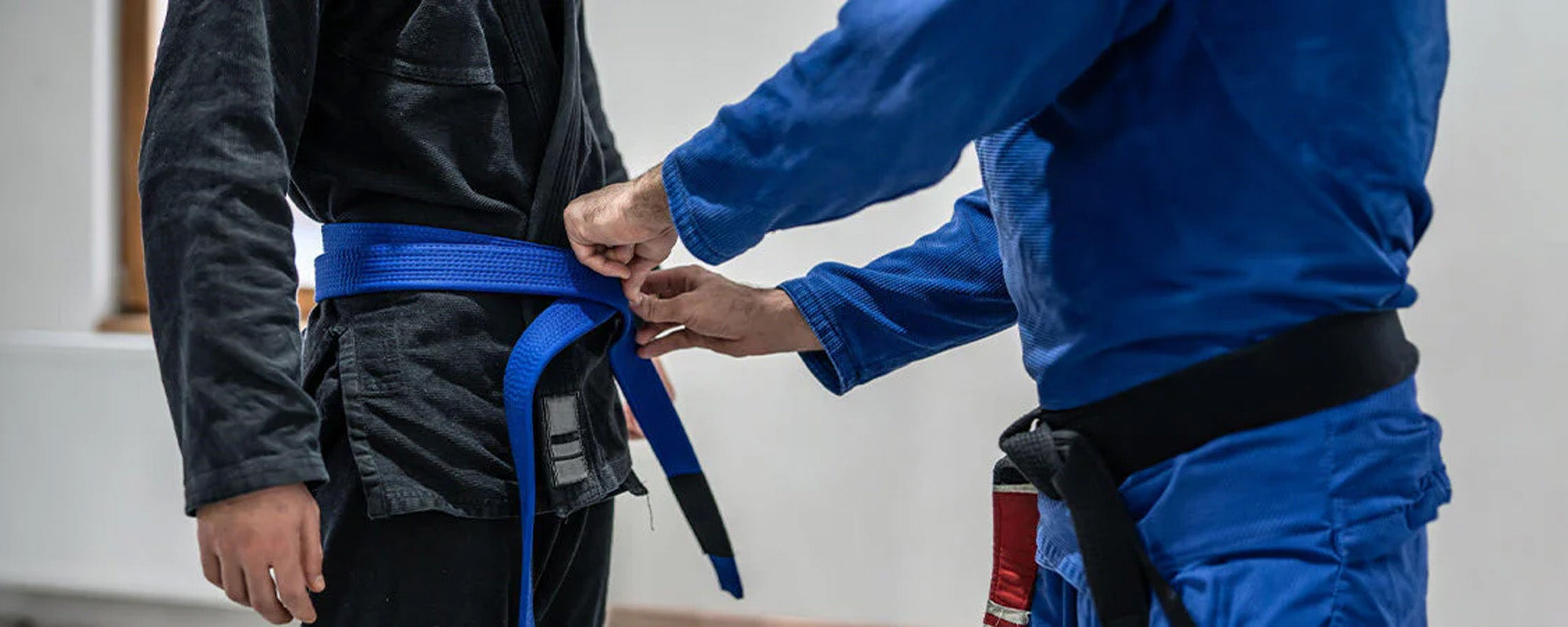Table of content
1. What is Speed Passing?
Speed passing is a technique in BJJ used to overcome the opponent’s attacks and defenses through explosive and rapid movements and attain a dominant position. In speed passing, practitioners usually execute highly athletic movements and move quickly. In this way, they deplete their opponent’s energy and move quickly to escape from the opponent's guard position.
1.1. Suitable for
Commonly, short, young, athletic, and active BJJ practitioners who execute speed passes accurately. Another important factor for speed passing is timing. Speed passing is not just about moving fast, but also about moving quickly to dominate the opponent and apply the submission technique. Changing the situation in a few seconds and submitting opponents will make speed passing more entertaining and exciting for the viewers.
1.2. Execution of Speed Passing by Rafael Mendes
Rafael Mendes is famous for his exceptional execution of speed passing in multiple fights. He not only passed the guard multiple times in each fight but also ended most of the fights with rapid submissions.
2. What is Pressure Passing?
Pressure passing is a technique in BJJ in which the practitioner manipulates the opponent’s position and applies his weight on the opponent’s, restricting the movements of his legs. BJJ practitioners achieve this by applying pressure on the hips and legs of the opponent, which are significant parts of the body during BJJ fights. By immobilizing the legs of the opponent, the practitioner can secure the top position.
In the pressure passing technique, when a practitioner puts his weight on the legs of the opponent, he forces him into a recessive position, limiting his options to using only the upper body for defense. Defending with arms while the lower body remains inactive makes the opponent tired and exhausted.
2.1. Suitable for
Pressure passing is suitable for grapplers of all weight categories when facing opponents in their own weight class. However, this technique particularly favors the practitioners who compete in heavy-weight categories, as they can effectively apply it in both weight-specific and absolute division fights.
When applied with proper technique, even lighter-weight category competitors can apply pressure passes. However such competitors need to exercise great caution in terms of pressure distribution and timing.
2.2. Versatility of Pressure Passing
Pressure passing has been adopted by a number of competitors in history because of its versatility and applicability in GI, No-Gi, and MMA competitions. Pressure passing benefits the practitioner by slowing down the pace of the fight, providing the practitioner ample time to think about his next move.
2.3. Famous Competitors Who Executed Pressure Passing Repeatedly:
Some famous BJJ practitioners who repeatedly executed pressure passes to win World Championships are Bernardo Faria, Rafael Lovato, Rodolfo Vieira, and Xande Ribeiro.
2.4. Execution of Pressure Passing by Murilo Santana
In this video, Murilo Santana executed unstoppable pressure passing which made his opponent exhausted and recessive, following which Murilo submitted him with an armbar.
3. Difference Between Speed Passing and Pressure Passing
| Speed Passing | Pressure Passing |
|---|---|
| Speed passing is a BJJ technique in which the practitioner moves quickly to pass the opponent’s guard and apply his next technique rapidly | Pressure passing is a technique in which the practitioner uses his body weight to immobilize the opponent’s lower body |
| Speed passing is a defensive move to escape and pass the opponent’s guard. | Pressure passing is an offensive technique in which a practitioner applies his weight to cease the movement of the opponent |
| Speed passing is more favorable for short, young, and active competitors. | Pressure passing is more suitable for heavyweight competitors |
| Timing is a more crucial factor in speed passing | Keeping the position consistent and tight is crucial in pressure passing. |
4. Combine both Speed Passing and Pressure Passing
Various BJJ competitors categorize themselves as either speed passers or pressure passers. They consider themselves experts in one aspect while considering themselves limited in other approaches. However, the combination of pressure passing and speed passing is more effective.
Both time and pressure are crucial factors for every passing in BJJ. Applying pressure is necessary to dominate the opponent, and to apply pressure effectively, timing is significant. BJJ legends most of the time use both speed passing and pressure passing together for its effectiveness. To face an opponent, the practitioner must have good timing and pressure tactics to combine both these techniques.
To combine speed and pressure passing, the legs’ position of the opponent is crucial. If the opponent is on his back, he can have three types of positions of his legs and all these positions require different approaches to control them.
If the opponent’s legs are in the lower position, it means the opponent's legs are on the floor or parallel to the ground. In this case, the competitor can dominate his opponent with Toreando as Toreando can help you to dominate the opponent from the side and control his legs. Another a useful technique for the lower position of the opponent’s legs is a knee cut or slice. For this passing, the opponent’s legs are already in the best position for the knee cut.
If the opponent’s legs are in the mid position, this is a difficult position for the competitor to apply pressure or pass. In this case, the opponent’s legs are in the air and moving around the chest of the competitor. To apply any speed pass like a tornado or knee slice, you must have to put your legs down. This position is tricky to handle for competitors.
The high position of the opponent’s legs is also challenging for the competitor to handle. In this case, encounter the opponent with speed passing, strangling his ankles, and putting pressure to uplift his feet to his head. Once you are done with this technique, now apply pressure to his lower back with your knees.
When a competitor is combining both pressure passing and speed passing, his final results depend upon the position of the opponent’s legs. The fighter is struggling to take advantage of the position of the opponent. Therefore applying the best technique according to the leg's elevation of the opponent will give the best results. Pressure passing is more useful for high-elevated legs while speed passing is useful for low-positioned legs.
The competitors who are experts in pressure passing techniques know best how to utilize the lower body position of the opponent. If the opponent’s lower body is elevated, and you apply for the pass, he will try to move down his body. Here, an expert pressure and speed passer can take advantage, as while moving down his legs, the opponent provides all the necessary body frames for pressure and speed passes. An expert can take advantage of this opportunity to get his desired results.
Here is the video in which Jonathan Thomas teaches how to apply both pressure passing and speed passing in an effective way.
5. FAQs
How pressure points are different from pressure passing?
Answer: Pressure points are those points of the body that can be targeted during a fight but striking is illegal in BJJ. On the other hand, pressure passing is the technique in which a fighter puts his weight on the opponent to exert pressure and stop him from offense. It is absolutely legal in BJJ.
What is meant by pressure in BJJ?
Answer: In BJJ, pressure is one of the most useful tactics in which a fighter puts his complete weight on the body of the opponent and stops him from doing any other move or escape.
What is the difference between Guard passing and Speed passing?
Answer: Guard passing is just similar to speed passing as in both cases, the practitioner passes the guard and applies for submission. But speed passing includes quick passing of the guard.
6. Conclusion
The most effective way of guard passing is to combine both pressure passing and speed passing. In certain situations, speed passing becomes crucial, such as when there are few seconds left and you are leading in points. This is the perfect opportunity to pass your opponent’s guard and win the fight.
Similarly, if you are ahead in points but find yourself unable to submit your opponent due to time limits or other reasons, you can use pressure passing technique to dominate your opponent both physically and psychologically.










Leave a comment
This site is protected by hCaptcha and the hCaptcha Privacy Policy and Terms of Service apply.